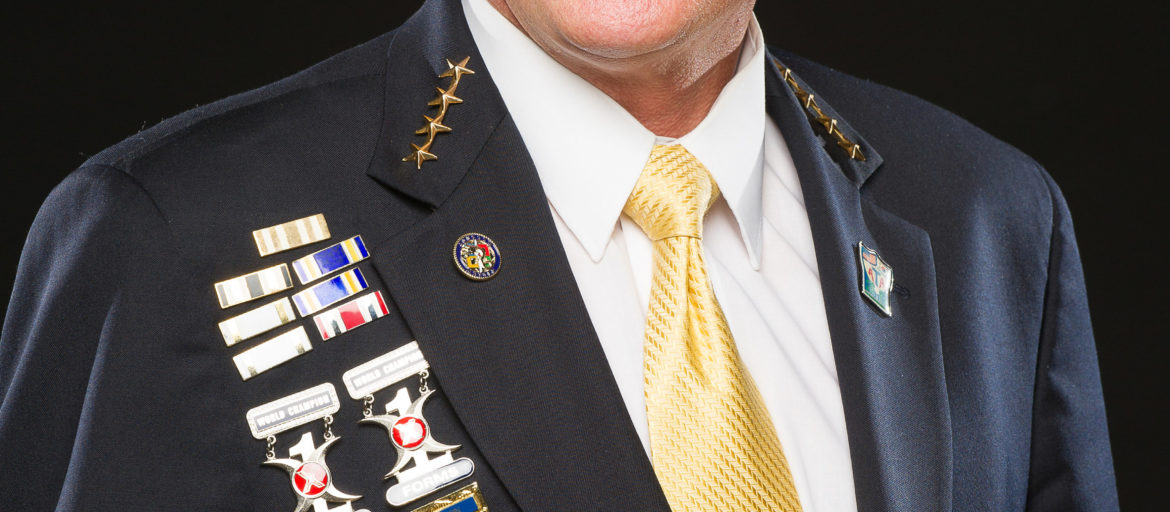Fundamental Elements of ATA Taekwondo Curriculum: Part 1
Written by Bill Babin Motivational Speaker on July 31, 2010
Location: Student Union, Any University
Time: Fall of any year
Who: Two college students
“What are you taking this semester?”
“I finally finished those required math classes! Now I get to take some core subject classes. I’m taking 19th Century American Novels right now and in the spring, I’ll get to do a class in Renaissance Drama.”
“Is that what you want to do? All that reading? Not for me! But I know what you mean. Now that I’m a junior in Elementary Education, I’m taking nothing but education and psychology courses. I can’t wait to do my student teaching.”
This conversation plays out in student unions and campus malls all across North America every spring and fall. But I wonder how many Taekwondo instructors realize the connection between the structure of a university curriculum and what we teach every day in our classes.
Begin with the end in mind!
University students generally “begin with the end in mind,” a phrase used by Steven Covey, an expert on success and the author of THE SEVEN HABITS OF HIGHLY SUCCESSFUL PEOPLE. In other words, they begin with a goal, usually called a major. Most of the courses taken to reach that goal are directly connected to the goal. Others are more fundamental or general, designed to create a sound foundation.
It is very easy to see the analogy between university instruction and your Taekwondo program. The major is “black belt” and the various courses are Songahm 1, Songahm 2, In Wha I, basic BME, basic Sseong Jul Bong, and so on.
Another important point is the VALUE PLACED ON A COLLEGE EDUCATION here in our country. Most people think it is very valuable. Most take it very seriously. Many pay huge sums of money for it.
If you can make your school look like and feel like a institution of higher learning, driven by a dynamic curriculum, and if you can get your instructors to act like professional educators who are passionate experts in the field, you are doing much to move yourself forward and make your business competitive in the marketplace.
Curriculum-Based Instruction Starts with VISION
Vision is so important to what we do. If you do not have a clear vision of what you are about, then your self-image might be defined by what parents think you are about. So let’s see what uninformed parents might think:
- you teach ONLY children during after-school hours
- your activity seems like a “sport”
- your teachers are probably volunteers with little or no specialized training
- because it is a kids’ after-school recreational activity, it does not cost much
- my kids can do a little and move on to something else when they feel like it
Is that the truth about you?? Of course not!!!
A comprehensive educational experience– not a recreational activity
You provide a unique experience that combines physical training, with discipline, character development, and social responsibility not found anywhere else, except perhaps in certain private schools. I don’t think there is anything else as comprehensive as Songahm Taekwondo training. Let’s look at a few alternatives:
Scouting: teaches values, social responsibility, leadership skills, and character development; has a long-term structure, but does not have a structured, long-term fitness curriculum and generally does not use professionally-trained instructors. Leaders are mostly volunteers.
Religious education: provides excellent instruction in values and character; may or may not examine social responsibility and leadership issues; has a long-term structure; does not specifically address physical fitness; leaders may or may not be professionals.
Organized sports: teaches physical fitness, discipline, and the value of teamwork. Often taught by professionals but many “after school” programs are dominated by volunteers. Can teach important life skills as well as leadership, but you need to be careful regarding what value is placed on winning. Organized sports usually do not provide much of an outlet for the shy, uncoordinated child.
Public education: focuses on academic development presented by professional, certified instructors. It’s ability to teach values, character, social responsibility, and leadership is limited, perhaps by the litigious nature of our culture. In some cities, teachers are underpaid, resources are limited, and classes are overcrowded.
I don’t think Eternal Grandmaster would agrue with me when I say, “Songahm Taekwond has it all!”
Physical fitness
Character and values
Social responsibility
Leadership
Everything you do—from the paint on your walls, to your floor, to your brochures, to what your instructors say, to how often they smile and greet clients, to what you teach and how you teach it—everything must be geared toward reinforcing that
Your program is not a sport but an educational experience
Your instructors receive specialized training in both curriculum and instruction
Your program addresses the whole child, instilling a positive attitude toward exercise, health, and strength while also teaching social responsibility and leadership.
==========================================================================
Don’t Miss: “Part 2: Curriculum Based Instruction”
September 1, 2010, including more details on . . .
- aged-based instruction
- skill-based instruction
- using a 3-part block system
Copyright 2008 William J. Babin All Rights Reserved




